Nipa Doshi and Jonathan Levien of Doshi Levien
I visited with Nipa Doshi and Jonathan Levien during the London Design Festival in their studio in Spitalfields, East London. Nipa who was born and raised in India is trained in furniture design. Jonathan grew up in the UK, with a background in cabinetmaking. They met at the Royal College of Art in London and graduated in 1997. I just can't say enough nice things about Nipa and Jonathan and the work that they do. For me, their work really is what I consider to be "good design". Their designs are inextricably linked to their thoughts, their experiences, their skills. The story that each piece tells is consistent and balanced, as is the story which led to the specific design of the piece-- why it is the way it is. In every piece of theirs, I really feel that there is a thinking, feeling person behind it. For me, "good design" is not just aesthetics, it's also intellectual interaction, and it's being able to put a person behind the design (within reason). That's what Doshi Levien produces. For a more in-depth interview, check back with Three Layer Cake...
Sketch something you remember from your childhood.
Nipa: 1980- Orange Nylon with black nylon piping. It was imported and felt so chic and modern. It was given to me by my auntie who was a bit exotic and glamorous because she was a Catholic who had married into our Hindu family! I wanted it to last forever.
Jonathan: 1975- Tricycle. It was my first bicycle and remember cycling in them as little boy in my white underpants!
Also 1975- Cart. It was made by my grandmother, Dee-Dee. she loved making things in wood. I used to cart my toys and sister in it.
If you could do it all over again, the one thing you wouldn't change
Doing our own thing and not following trends.
The best business advice you've been given
'surround yourself with good people'
ND: That design is an attitude to life, reflected in the way one cooks, lays a table or carries out simple daily rituals. Design is about caring.
JL: To develop a curiosity about how things are made and why.
In a design studio, money invested in a good photographer and contracts is always well spent.
To learn more about one of Nipa and Jonathan's most amazing projects, take an interactive tour of the Wellcome Windows they designed for the Wellcome Trust.
From their contribution to the traveling exhibit, My World, for Experimenta Lisbon 2005 (and which showed at Design Museum London in late summer 2006).
Doshi Levien’s installation for My World is partly inspired by the shops and workshops of ancient but still functioning markets in India. Customers remove their shoes, sit on a mattress and spend time talking to the craftsman about what they need. (product descriptions/exhibit introduction by Doshi Levien; project realized with the generous support of the Arts Council of England and B&B Italia. )
"Matlo" - Terra cotta water vessel with diatomite filters, brass tap and enameled tripod stand. The terra cotta cools the water without need for electricity through natural evaporative process. The vessel is made in two parts. The water is poured into the top chamber and filters through into the bottom chamber.
"Marble table" This table combines the archetypal form of a work desk with sensual materials and proportions normally associated with pleasure, expressing the idea of work as a source of pleasure. The marble table has been machined using computer data. We were attracted by the idea of taking a natural material, usually carved by hand and applying an automated process associated with high tech industrial production.
Tefal Mosaic cookware (items, top picture; bases of the cookware, below). This range responds to the growing awareness and popularity of ‘exotic cuisine’ in Europe and America, with increasing world travel and multicultural societies in the west. The project aims to translate authentic characteristics of Asian, Moroccan and Latin American cookware into accessible products suitable for use with contemporary cooking appliances. Each item in the range expresses a strong cultural identity through material colour and the varying translation of the Tefal marque on the base.








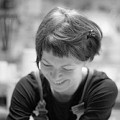



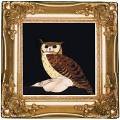
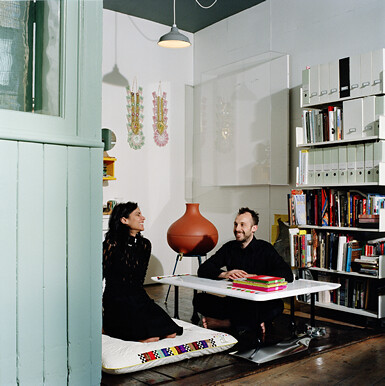
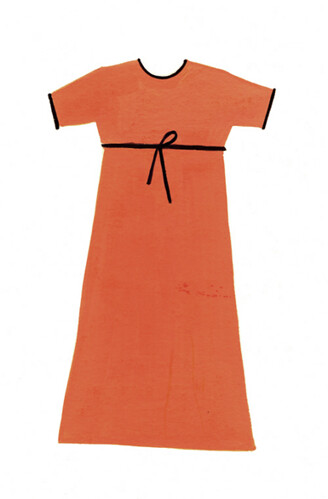
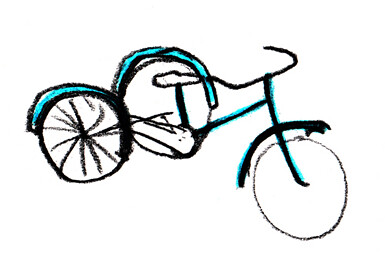
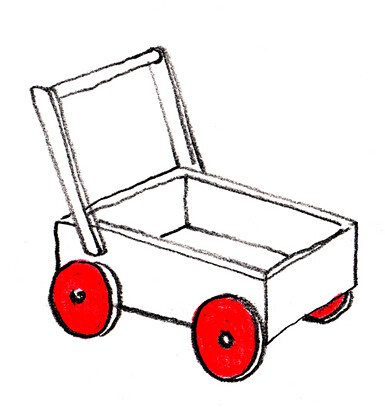
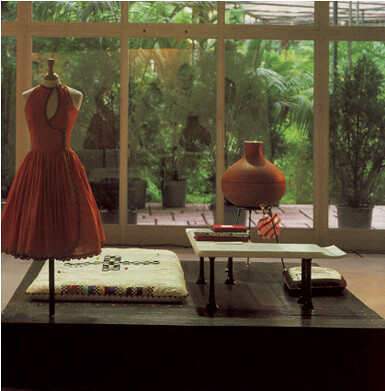
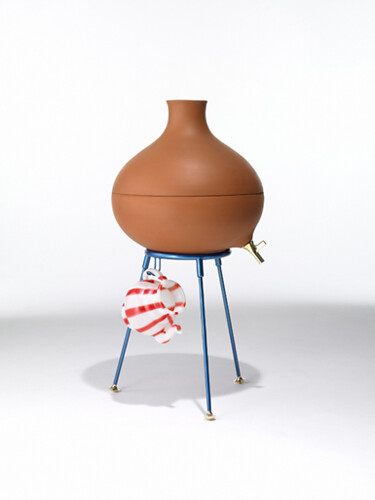
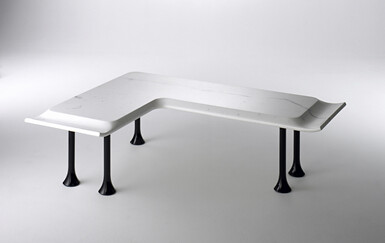
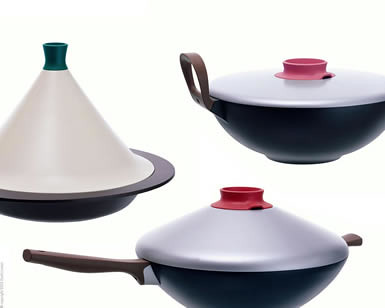
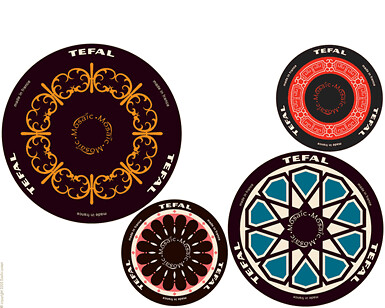





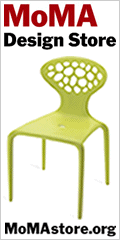




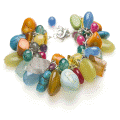





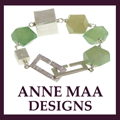
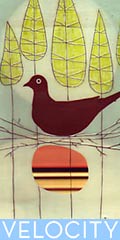

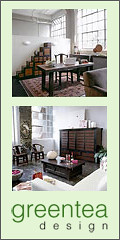







2 Comments:
Hello Kristina,
I really enjoyed reading the write up.
I love your pics of the Mosaic series. I love the Mosaic series! I have the Karhai, Paella Pan & the Tajine. I think the Tajine is beautiful & I love cooking with my Karhai.
Post a Comment
<< Home